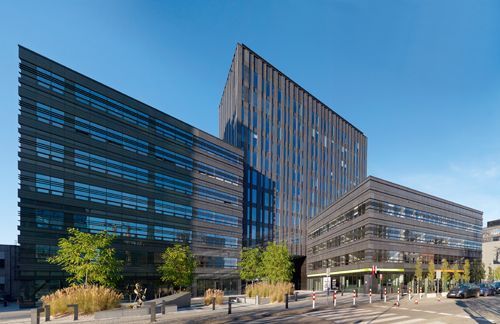An almost two-hour and occasionally heated exchange of views, preceded by presentations of projects completed in Warsaw, concluded with some not very optimistic observations. The general view could be summarised thusly: we are flying on a plane without a pilot. The passengers are trying to get the plane under control, but everyone wants to fly somewhere else. There’s a legal mess, a lack of adequate planning and trust among the parties, and a lawless vacuum – these are just a few of the problems we are faced with on an everyday basis. However, the chance exists to change all this































































